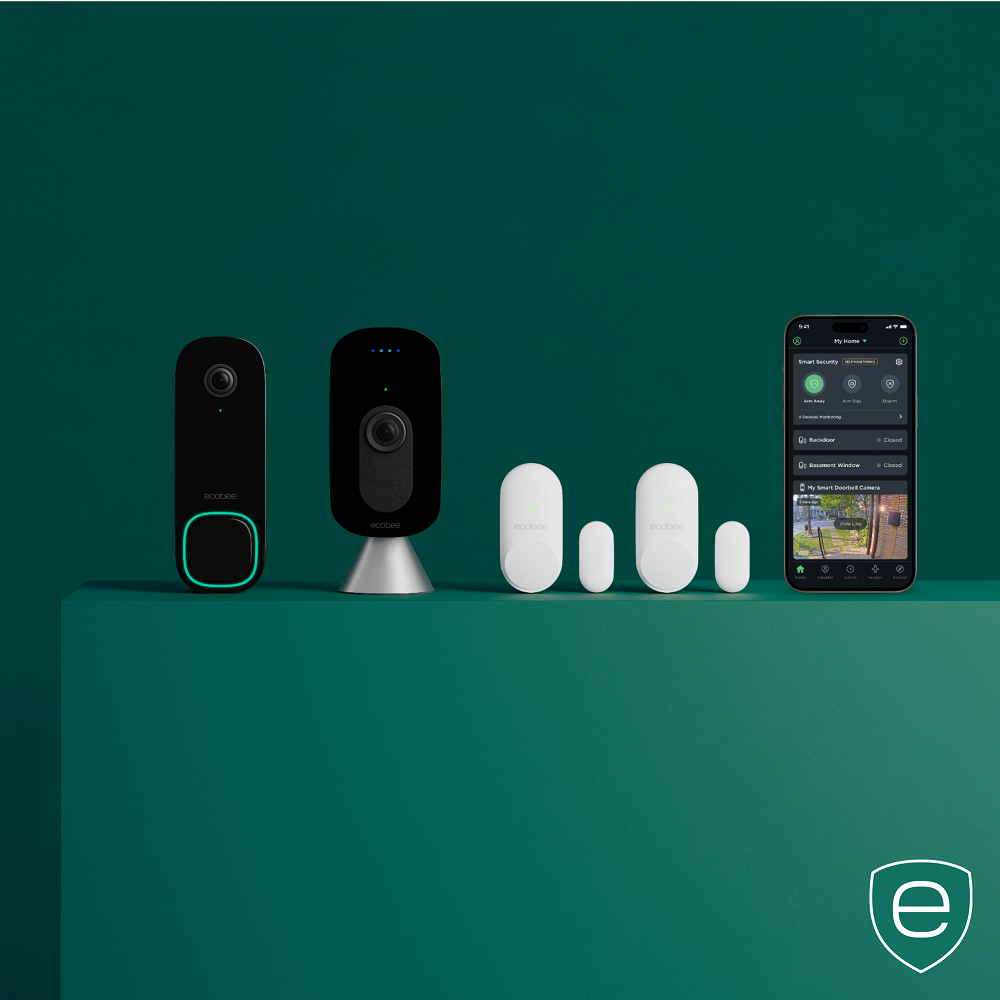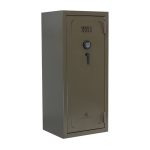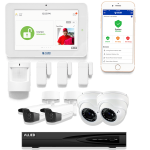The Rise of Smart Home Security Systems
The modern American home is getting smarter, especially in security. Homeowners now prefer systems that blend seamlessly with their connected lifestyles. These advance smart home security systems offer more than just alarms. They provide remote monitoring, home automation integration, and real-time alerts. In fact, these systems have changed how people perceive and manage home security.
Popular Smart Security Devices and Features
Numerous devices are at the forefront of the smart home security movement. High-definition security cameras let owners monitor their homes from anywhere. Smart locks offer keyless entry and allow remote access control. Motion sensors with real-time notifications keep homeowners informed of any activity. Additionally, smart doorbells now come with cameras and intercom systems.
In terms of features, these devices often include wireless connectivity and mobile app support. Users love the convenience of managing their security remotely. They also appreciate timely alerts and the ability to customize settings. The integration of AI for facial recognition and behavior analysis is gaining popularity. It adds an extra layer of intelligence to security systems.
Integration with Home Automation
The best part about smart home security systems is their ability to integrate with other home automation systems. This means that your home’s lights, thermostats, and even window shades can work in tandem with your security setup. Voice commands through virtual assistants like Amazon Alexa or Google Assistant make this even easier. Homeowners can now set up routines that enhance security. For example, lights can mimic presence at home, deterring potential intruders.
Such integrations not only add to the security but also to the convenience and energy efficiency of a home. Users can set up scenarios where the system arms itself automatically when they leave the house. Or, it can turn off unnecessary appliances, saving on energy bills. American home security has indeed stepped into a new era of high-tech safety and integrated convenience.
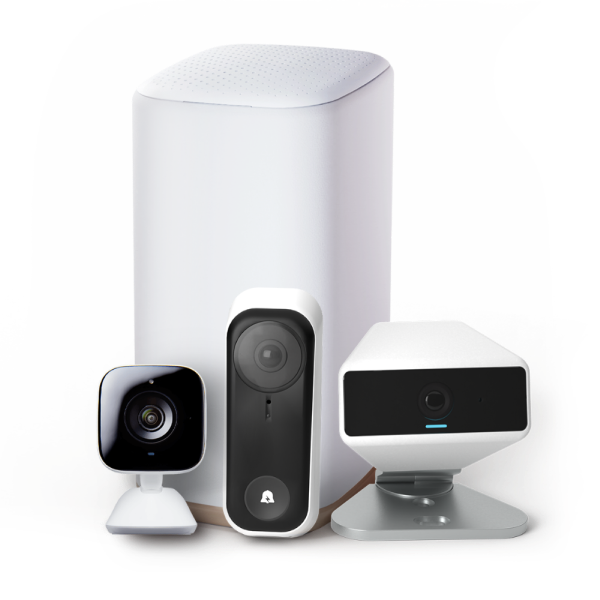
Traditional vs Modern Security Solutions
The landscape of American home security has evolved from traditional methods to modern, technology-driven solutions. Past security systems relied on physical barriers and analog technology. Modern systems use digital innovation to protect homes more effectively.
Advantages of Modern Security Technologies
Modern security technologies come packed with several advantages that empower homeowners. They include:
- Enhanced Control: Digital systems provide greater control over your home’s security with remote access.
- Real-Time Alerts: Receive instant notifications on your smartphone about any security breach or suspicious activity.
- Customization: Tailor your security settings to fit your lifestyle and preferences, ensuring maximum protection.
- Integration: Seamlessly connect with other smart home devices for an all-in-one home management system.
These technologies not only provide better security but also offer convenience and efficiency.
Making the Transition to Digital Security Systems
Switching to modern security systems can seem daunting, but it’s a forward-looking decision that has long-term benefits:
- Assessment: Start by assessing your current security system and identifying any gaps in protection.
- Research: Explore the latest security technologies and decide which features align with your needs.
- Professional Help: Consider seeking assistance from professionals for recommendations and installation.
- Ease into Tech: Gradually introduce digital solutions, starting with basic components like smart locks and cameras.
Embracing modern security systems is not just about keeping up with technology; it’s about ensuring that your American home security is robust and up-to-date.
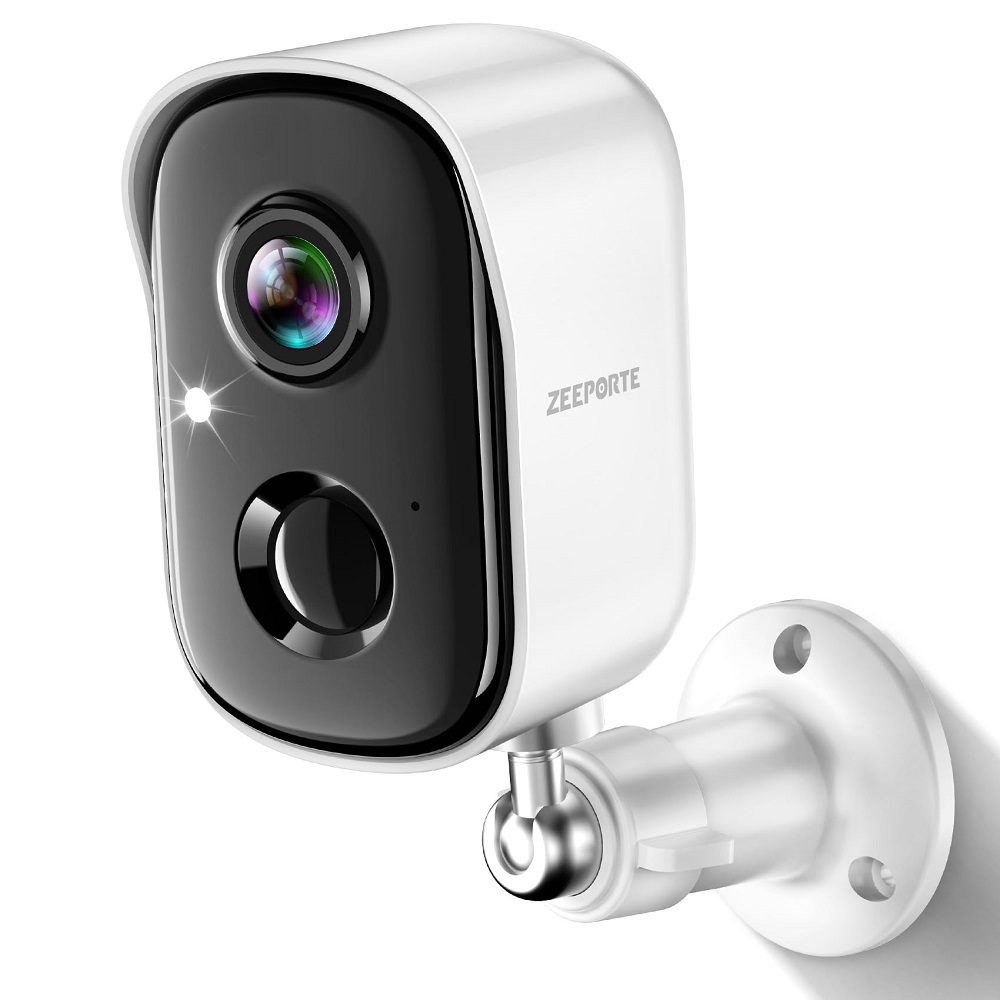
DIY vs Professional Installation
When it comes to American home security, homeowners often wrestle with the decision between DIY and professional installation. Each path has its distinct benefits and drawbacks based on cost, convenience, and personal comfort with technology.
Pros and Cons of DIY Home Security
The DIY route for home security systems is becoming more popular thanks to advancements in technology. Here’s why some opt for DIY:
- Cost Savings: One of the main advantages of a DIY system is the potential for lower costs. You save on installation fees and can often avoid long-term contracts.
- Flexibility: DIY allows you to customize your system to your needs. You choose the components and features that are most important to you.
- Self-Monitoring: With DIY, you typically monitor the system yourself using a smartphone app, which means no monthly fees for professional monitoring.
However, DIY isn’t without its drawbacks:
- Complexity: Setting up the system requires a level of technical know-how. Not all homeowners are comfortable with this.
- Maintenance: You are responsible for any troubleshooting and maintenance your system may need over time.
- Lesser Integration: Professional systems often offer deeper integration with home automation and are regularly updated by the service provider.
When to Consider Professional Security Services
While DIY solutions are attractive for their cost-effectiveness, professional installation offers its own set of compelling benefits:
- Expert Setup: Professionals ensure your system is set up correctly and optimized for your home.
- Advanced Solutions: They can offer more sophisticated systems that may be more complex than what is typically available for DIY.
- Ongoing Support: You’ll have access to customer support and maintenance services, alleviating the burden of self-troubleshooting.
- Enhanced Reliability: With professional monitoring services, there’s always someone ready to respond in case of an emergency, providing peace of mind.
Homeowners should consider professional installation if they value expertly crafted systems, integrated solutions, and the reassurance of professional monitoring. It’s particularly advisable for those who are not tech-savvy or prefer the convenience of full-service security solutions.
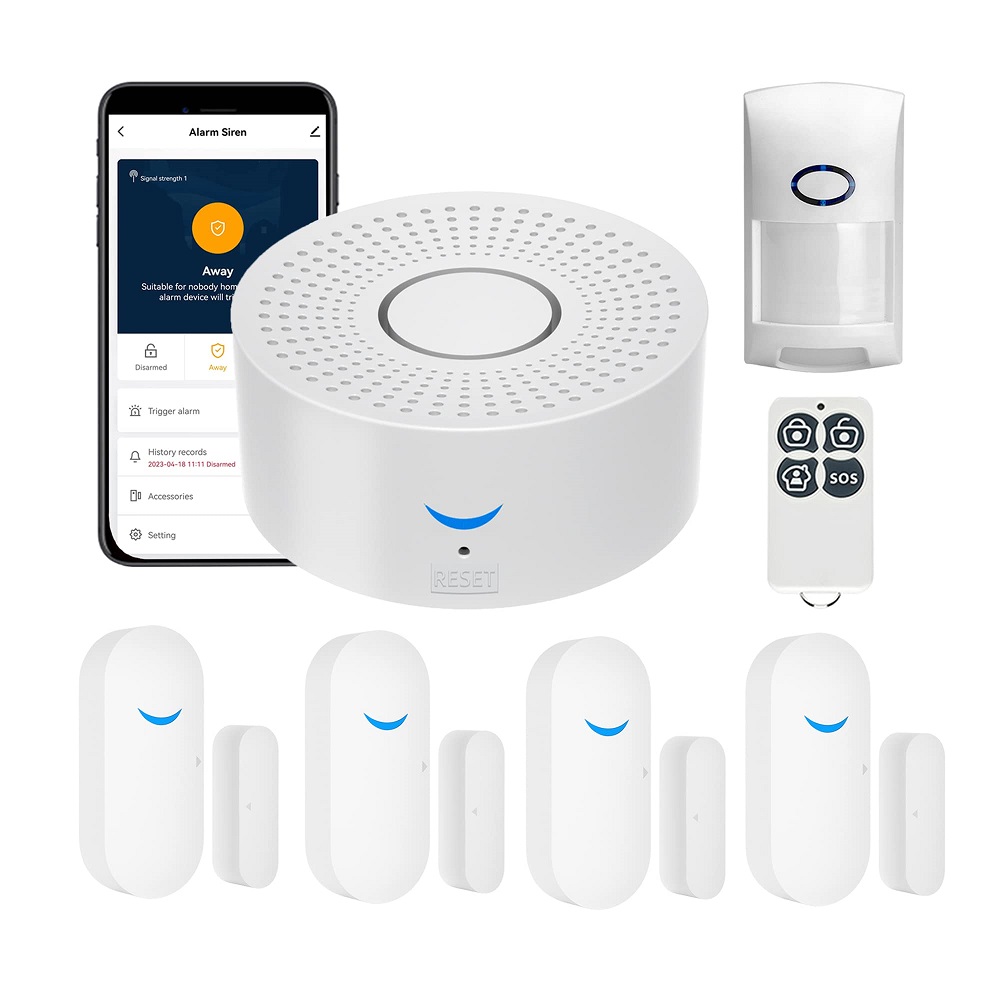
Security in the Digital Age
As American home security evolves, digital threats also progress. Cybersecurity has become critical in securing smart homes. With countless devices connected to each other, protecting the digital landscape is as vital as physical security. Homeowners should understand the risks and take proactive steps to safeguard their smart systems.
Addressing Cybersecurity in Smart Homes
Smart homes have various devices connected to the Internet. These include cameras, thermostats, and smart locks. While these enhance convenience, they also open doors for cyber threats. Owners must secure their devices with strong, unique passwords. They should also update device software regularly to patch any security holes. Multi-factor authentication can add another layer of defense against unauthorized access.
Using reputable brands with a commitment to privacy can further protect homeowners. These companies often provide regular security updates. They also have better safeguards against hacking. Users must stay vigilant about who has access to their smart home apps and management tools.
Securing Your Home Network
A secure home network is the foundation of a digital-safe home. Owners should protect their Wi-Fi networks with strong passwords and encryption. They can use a virtual private network (VPN) to hide their online activities from potential hackers. Network firewalls can block malicious traffic and help detect unusual activities.
Changing default settings on routers can prevent easy entry points for cyber attackers. These steps, along with keeping firmware up to date, fortify your home’s digital barriers. It’s also wise to keep personal and IoT (Internet of Things) devices on separate networks. This helps contain any breaches and minimizes the risk to sensitive data.
class=’keyword’}american home security{‘/keyword’} in the digital age requires both savvy and vigilance. Homeowners must stay informed on the latest threats. They should also adopt best practices for digital defense. As smart home tech advances, cybersecurity remains a top priority in American home security strategies.
The Impact of AI and Machine Learning
The integration of AI and machine learning into American home security marks a significant leap forward. These technologies not only increase the efficiency and accuracy of systems but also bring about smarter, more adaptive security measures. As homeowners seek advanced protection, AI’s role becomes pivotal for keeping homes safe.
How AI Enhances Home Security
AI adds intelligence to home security systems in several ways. It analyzes video feeds to detect unusual behavior, reducing false alarms. AI algorithms learn from daily routines, adapting to your lifestyle for enhanced security. Machine learning assists in recognizing frequent visitors and alerts homeowners to strangers. AI-powered security devices also predict potential threats by correlating data from various sensors, providing preemptive warnings.
With AI, home security becomes proactive rather than reactive. The technology’s ability to learn and evolve means that it continuously improves the level of security provided to homeowners over time.
Future Trends Influenced by AI Technologies
Looking ahead, AI is set to reshape American home security even further. Predictive analytics will advance, giving systems the ability to forecast incidents before they occur. Facial recognition may become more sophisticated, distinguishing between residents, guests, and intruders with greater accuracy. As AI evolves, we could see security systems making autonomous decisions, such as locking doors when a threat is detected or contacting authorities if needed.
Moreover, integration with other smart home devices will likely improve. AI could manage security protocols based on the homeowner’s location or behavior, ensuring optimal protection at all times. Voice recognition could also become more prevalent, serving as an authentication method for various security functions.
The growth of AI and machine learning within American home security is an exciting development. It promises not only heightened security but also smarter, more interconnected homes that are capable of learning and adapting to our needs.
Surveillance Ethics and Privacy Concerns
With advancements in American home security, privacy concerns have grown. People worry about the oversight of surveillance technologies.
Balancing Safety with Privacy Rights
Finding a balance is key. Homeowners want to protect their homes without invading privacy. Technologies like AI and machine learning raise questions. They can detect and analyze behavior, but might also cross privacy lines. Developers and users must respect privacy while ensuring security. Clear guidelines are important for balancing safety with privacy rights.
Regulations Surrounding Home Surveillance
The government sets laws to protect citizens’ privacy in home surveillance. Homeowners should know these rules to avoid legal issues. For example, recording audio without consent is often illegal. Laws vary by state. Home security users should check local regulations. This way, they can use surveillance tools ethically and within legal boundaries. American home security must adapt as technology and laws evolve.
Cost-Effective Home Security Strategies
In the race to keep homes safe, cost plays a big role. Not all homeowners can afford high-end systems. Yet, securing a home should not break the bank. We will explore ways to maintain safety while managing finances. From budget-friendly devices to prioritizing features, smart spending can protect homes effectively.
Budget-Friendly Security Solutions
Everyone deserves a secure home, regardless of budget. There are budget-friendly security devices that don’t compromise on safety. Basic security cameras and motion detectors are good starting points. These devices offer surveillance and alert homeowners of unusual activity. Another cost-effective option is smart lighting, which can deter potential intruders by giving the impression that the house is occupied.
Investing in durable locks and window sensors is wise. They provide physical barriers to entry without recurring costs. Look for bundles or basic packages from respected security companies. These often include essential components at a reduced price. Remember to check reviews and compare prices before making a purchase.
Prioritizing Security Features for Maximum Impact
Smart choices can enhance security without overspending. Prioritize features that offer the most protection. Consider which areas of your home are most vulnerable and start there. Entry points like doors and windows need attention first. A quality lock or sensor on these can prevent break-ins.
Remote monitoring capabilities are important too. Systems that alert you to issues while you’re away give peace of mind. Finally, choose security solutions that are expandable. Starting small and adding features as your budget allows can build up your defense over time. Tailor your American home security strategy to fit your needs and financial situation for effective asset protection.
Keeping Up with Home Security Trends
As homeowners adapt to the evolving landscape of American home security, staying up-to-date with new trends is essential. With technology advancing rapidly, the security brands and devices that were cutting-edge yesterday may not serve as well tomorrow. Home security enthusiasts should regularly explore the latest innovations. They must assess how these technologies could enhance their protective measures.
Staying Informed on Emerging Technologies
In the fast-paced world of security tech, keeping informed is vital. A good start is following tech news platforms and security blogs. They often review and discuss the newest gadgets and features in the market. Podcasts and webinars can also provide insights from industry experts. Remember to engage with online communities that share a passion for home security. Such platforms can offer valuable, firsthand experiences with emerging technologies.
Attending technology expos and trade shows can also be beneficial. These events showcase the latest industry developments, often before they hit the market. Innovation in areas like biometric authentication, Internet of Things (IoT) integration, and cloud storage for home security systems are trends worth tracking. By staying informed, homeowners can make educated decisions about which technologies best suit their security needs.
Preparing for Future Security Challenges
Looking to the future, homeowners must prepare for new security challenges. Cyber threats are expected to grow as homes become smarter. Investing in cybersecurity measures now, such as strong encryption and secure networks, is wise. Additionally, considering upgrades that might be necessary to keep up with advanced hacking techniques is key.
Anticipation is part of preparation. Think ahead about the practical implications of upcoming technologies. Will they require changes to your infrastructure, such as more robust Wi-Fi? Can they integrate with your existing devices, or will they necessitate a system overhaul? As you assess these questions, weigh the potential risks against the benefits.
Homeowners must balance excitement for tech advancements with cautious planning. While adopting new technologies, they also need to consider longevity and adaptability. By preparing for future challenges, they can ensure their american home security remains robust and reliable in the ever-changing digital age.
